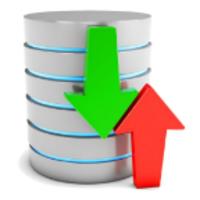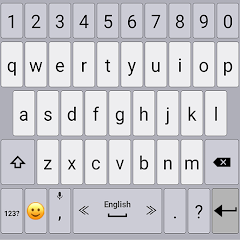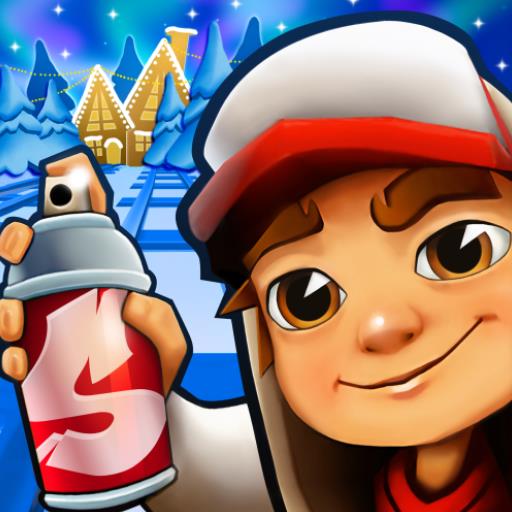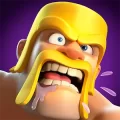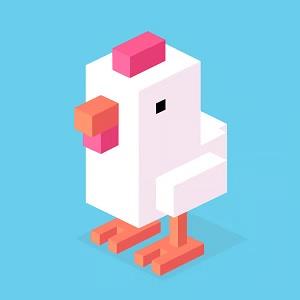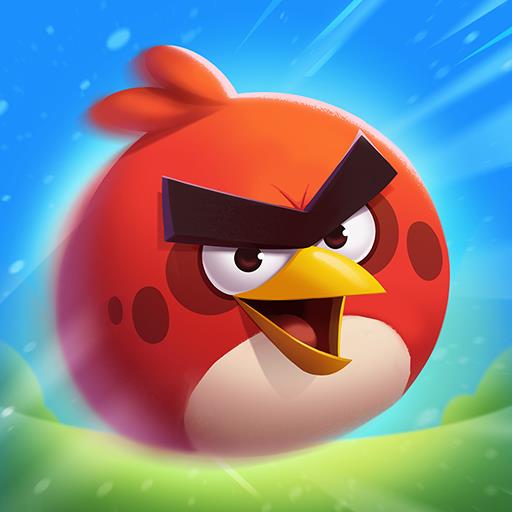Switch 2's Price: No Barrier to Success
At the start of April, Nintendo's highly anticipated Switch 2 Direct event concluded on a note that left fans uneasy. The showcase was thrilling, displaying an impressive lineup of innovative features and a diverse selection of upcoming games. However, one crucial piece of information was conspicuously absent—the price. It didn't take long for fears of a steep price increase to be realized. Nintendo later disclosed on the newly launched Switch 2 website that the console would retail at $449, marking a $150 jump from the original Switch's launch price of $299. The lack of transparency about the price, coupled with the announcement that the Switch 2's flagship launch game, Mario Kart World, would cost $80, sparked a mix of frustration and concern among fans regarding the console's market performance.
Some Nintendo enthusiasts, still reeling from the underwhelming performance of the Wii U, quickly voiced pessimistic outlooks, fearing that the Switch 2's price would limit its potential audience and plunge Nintendo into another era of struggle. After all, who would spend $450—nearly the same as a PS5 or Xbox Series X—for what is essentially last-generation technology? However, these concerns were soon alleviated by a Bloomberg report predicting that the Switch 2 is set to become the biggest console launch ever, with expected sales of 6-8 million units. This figure would surpass the previous record of 4.5 million units set by the PS4 and PS5. Despite its cost, the demand for the Switch 2 appears to be robust, underscoring the enduring appeal of Nintendo's consoles.

While the Switch 2 is not a budget-friendly option, its pricing aligns with that of its competitors. To understand the Switch 2's potential for success, one can look to Nintendo's past missteps and triumphs. The Virtual Boy, launched 20 years ago, was Nintendo's first and only foray into virtual reality. Despite the allure of VR, the technology in 1995 was not ready for widespread adoption, and the Virtual Boy was far from cutting-edge. It required users to hunch over a table to view games through a red-tinted viewport, and it was notorious for causing headaches. The technology failed to meet the futuristic expectations of gamers, leading to its commercial failure.
In stark contrast, the Switch 2 shares more in common with the successful Wii, which introduced effective motion controls and revitalized the gaming experience. The Wii's innovative approach expanded the gaming demographic, making it a household name across all age groups. The enduring popularity of motion controls, as seen in games like Pikmin and Metroid Prime, underscores their integral role in Nintendo's console lineup.
Creating a compelling console is not a feat unique to Nintendo. Sony's PlayStation 2, for instance, became a must-have due to its DVD playback capabilities. Yet, when Nintendo hits the mark, it does so spectacularly. The original Switch's seamless transition between handheld and home console modes was a game-changer, blurring the lines between the two formats. While the Switch 2 may not be as groundbreaking, it addresses the power limitations of its predecessor, maintaining the beloved hybrid concept.
The Switch 2's pricing is consistent with what competitors charge for their flagship consoles. Beyond hardware, the Wii U's failure serves as a reminder that a robust game library is crucial for a console's success. The Wii U launched with New Super Mario Bros. U, which felt repetitive and failed to captivate audiences. In contrast, the Switch 2 not only inherits a strong library from its predecessor but also introduces new ways to enjoy these titles, along with innovative games like Mario Kart World, which reimagines the franchise with an open-world design. Furthermore, upcoming titles like the first 3D Donkey Kong game since 1999 and an exclusive FromSoft game in 2026 provide additional incentives for gamers to invest in the Switch 2.
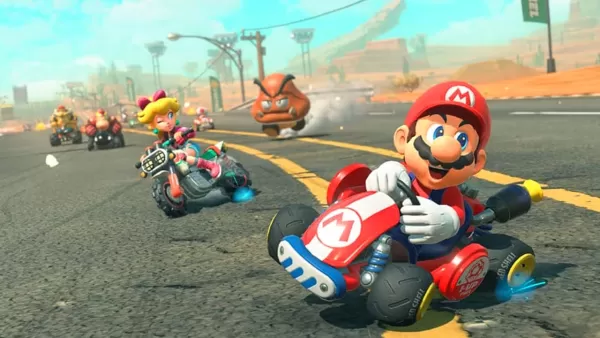
Price is undoubtedly a significant consideration for consumers, especially in today's economic climate. However, the Switch 2's pricing aligns closely with that of its competitors, such as the standard PS5 and Xbox Series X. While some might argue that the Switch 2's less powerful hardware should warrant a lower price, its unique features and strong game lineup justify its cost. The PS3's launch at $499 to $600 ($790 to $950 adjusted for inflation) in 2006 is a prime example of how an excessively high price can hinder sales. In contrast, the Switch 2's price in 2025 is in line with industry standards.
Nintendo's unique position in the gaming industry stems from its ability to create games that set new standards, and fans are often willing to pay a premium for this experience. Yet, the Switch 2's pricing is not a premium but rather a reflection of the current market. It may not match the PS5's power, but it offers a compelling package that includes desired technology and a robust game library. While there may be a ceiling to what consumers are willing to pay, especially as game prices rise, Nintendo currently aligns with the benchmarks set by its competitors. With over 75 million PS5 consoles sold, it's clear that the Switch 2's price is within an acceptable range for many gamers.
- 1 Pokemon Go’s first Community Day of 2025 will feature Sprigaito Jan 05,2025
- 2 Holiday Thief Arrives in Seekers Notes Dec 26,2024
- 3 Watcher of Realms Is Dropping New Heroes and Skins This Thanksgiving and Black Friday! Dec 30,2024
- 4 Jujutsu Kaisen Phantom Parade: Tier List Update for 2024 Dec 28,2024
- 5 Roblox Forsaken Characters Tier List 2025 Feb 14,2025
- 6 How To Find and Beat the Storm King in LEGO Fortnite Jan 05,2025
- 7 PUBG Mobile's Championship Finale Nears Jan 09,2025
- 8 Goddess Of Victory: Nikke Is Dropping a New Year’s Update and Collabs with Evangelion and Stellar Blade Soon Jan 04,2025
-
Mastering the Art of Digital Tools
A total of 10
-
Hidden Gems: Unexpectedly Useful Other Apps
A total of 10
-
Top Free Adventure Necessary Games for Android
A total of 4

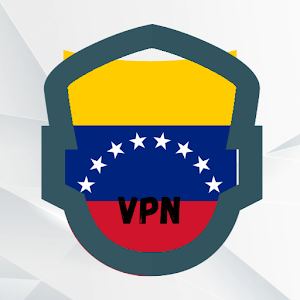


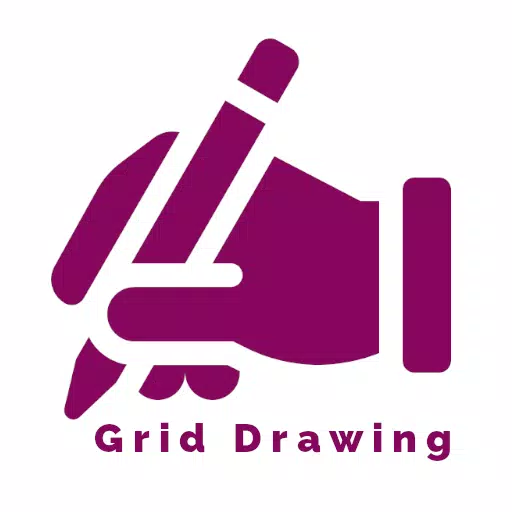



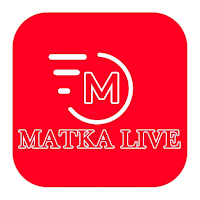

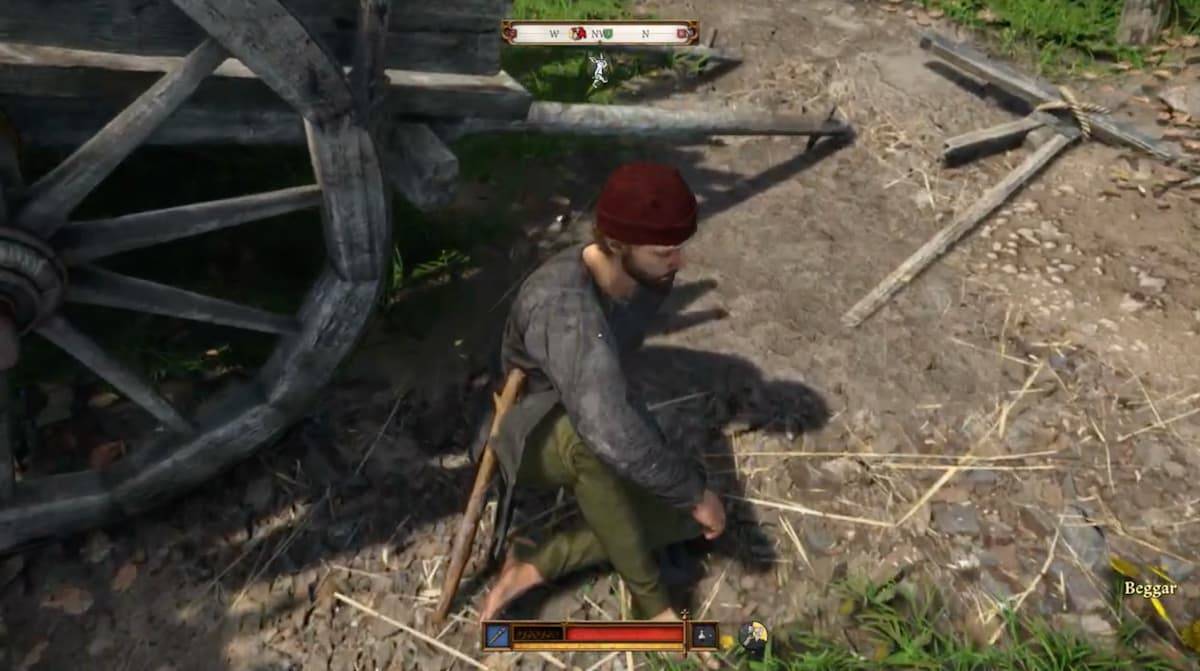
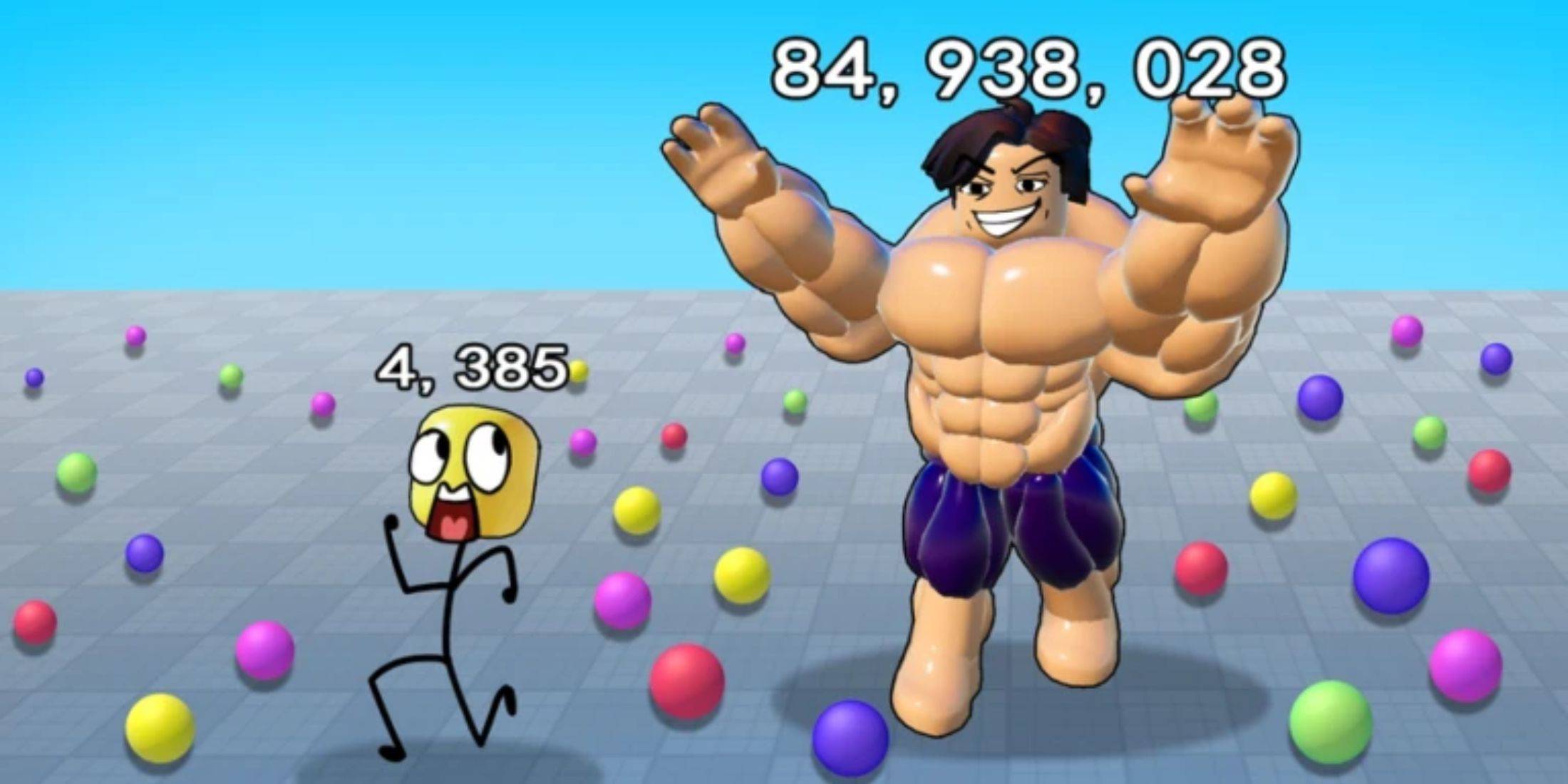
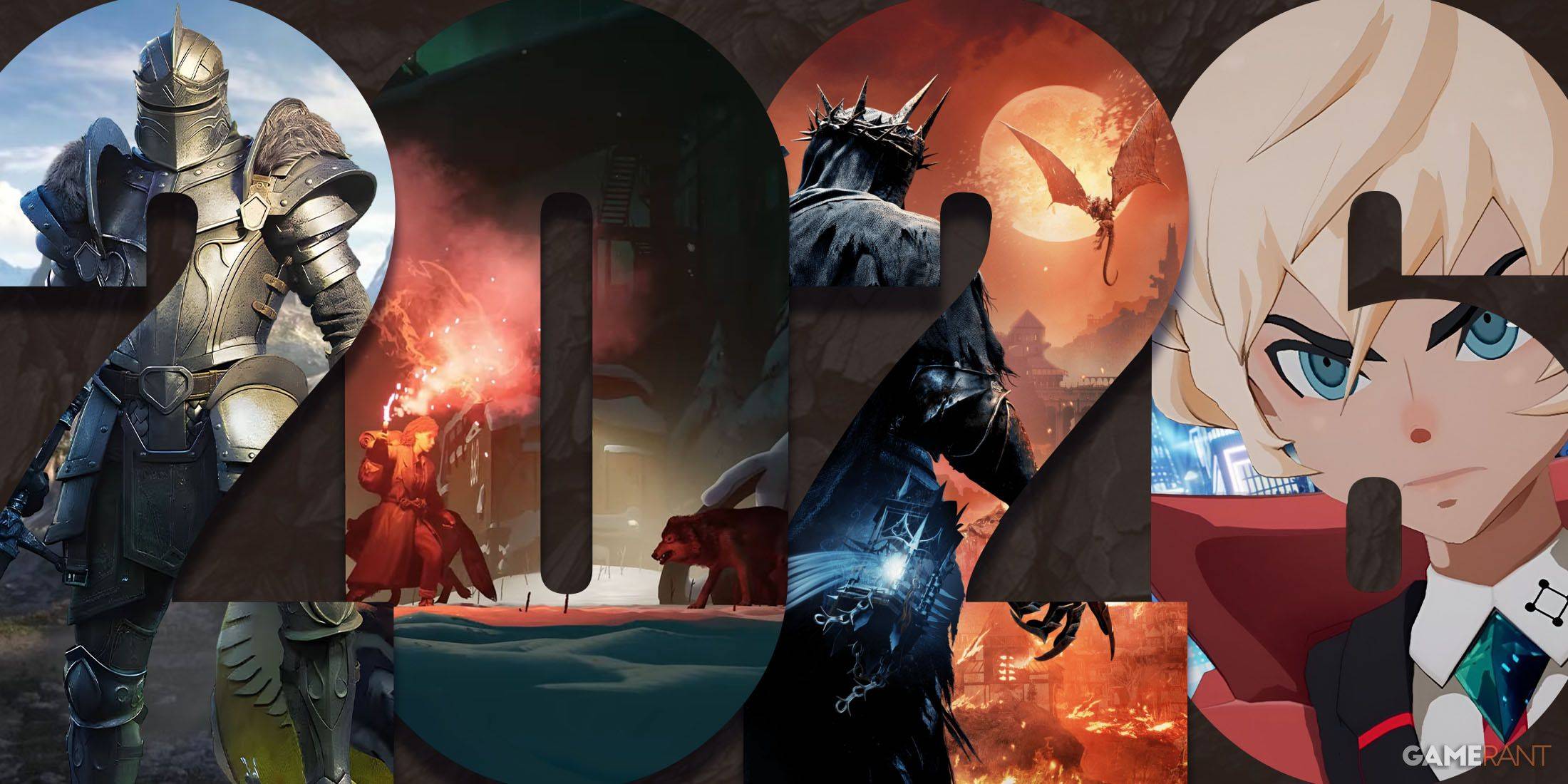
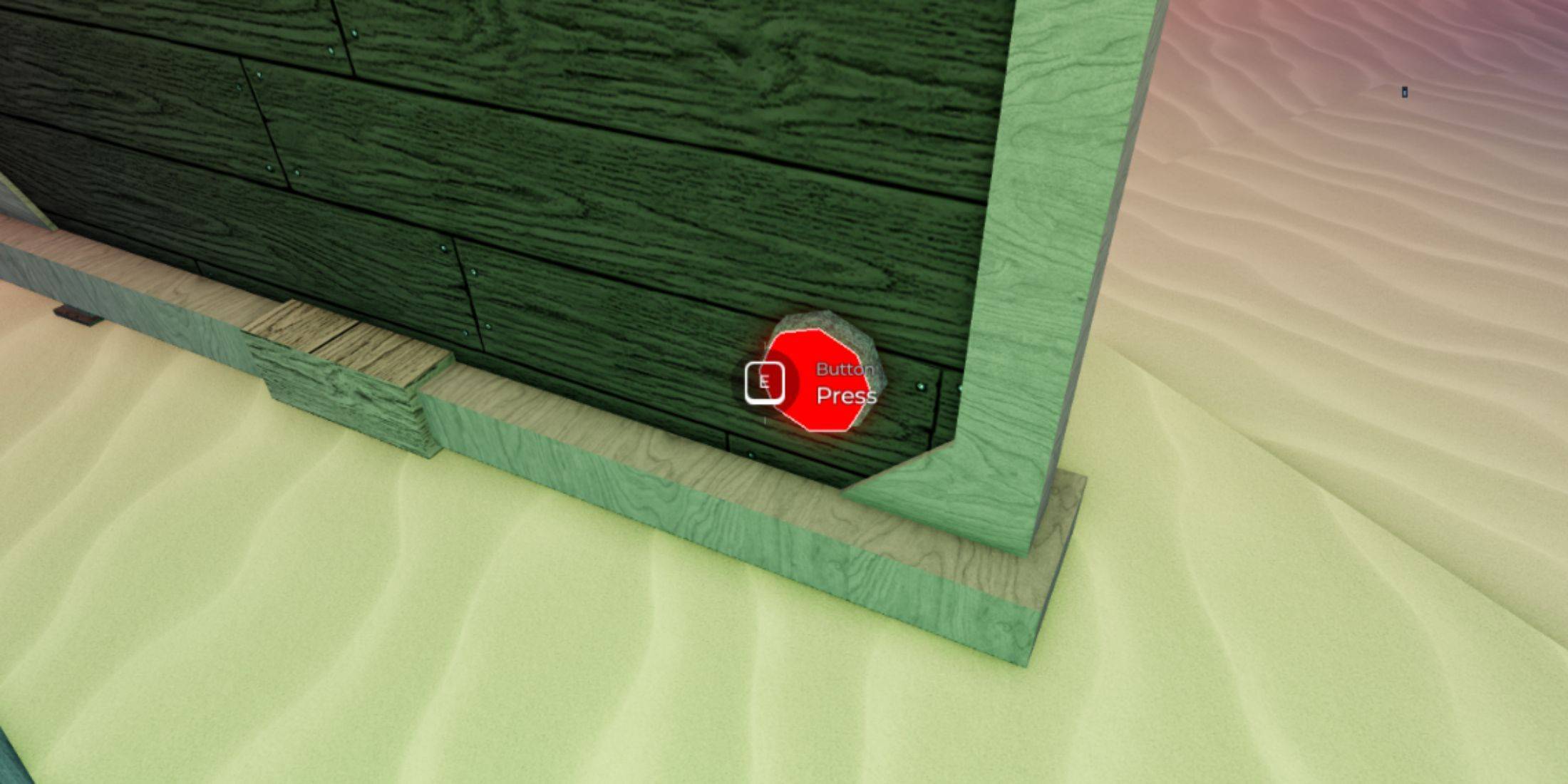
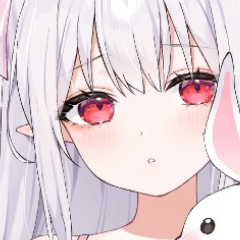
![LeMOMnade: Family Squeeze! – Version 1.1.1 [mtrellex]](https://img.3xbz.com/uploads/38/1719569762667e8d62c486e.jpg)
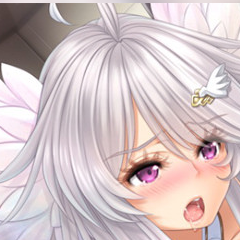
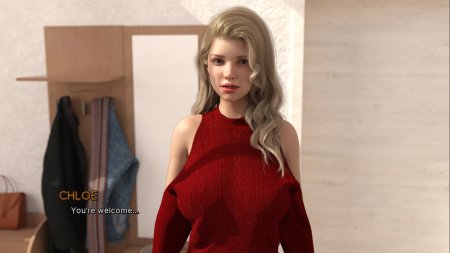
![My Cute Roommate 2 – New Version 1.0 Extra [Astaros3D]](https://img.3xbz.com/uploads/38/1719606486667f1cd652f1a.jpg)

